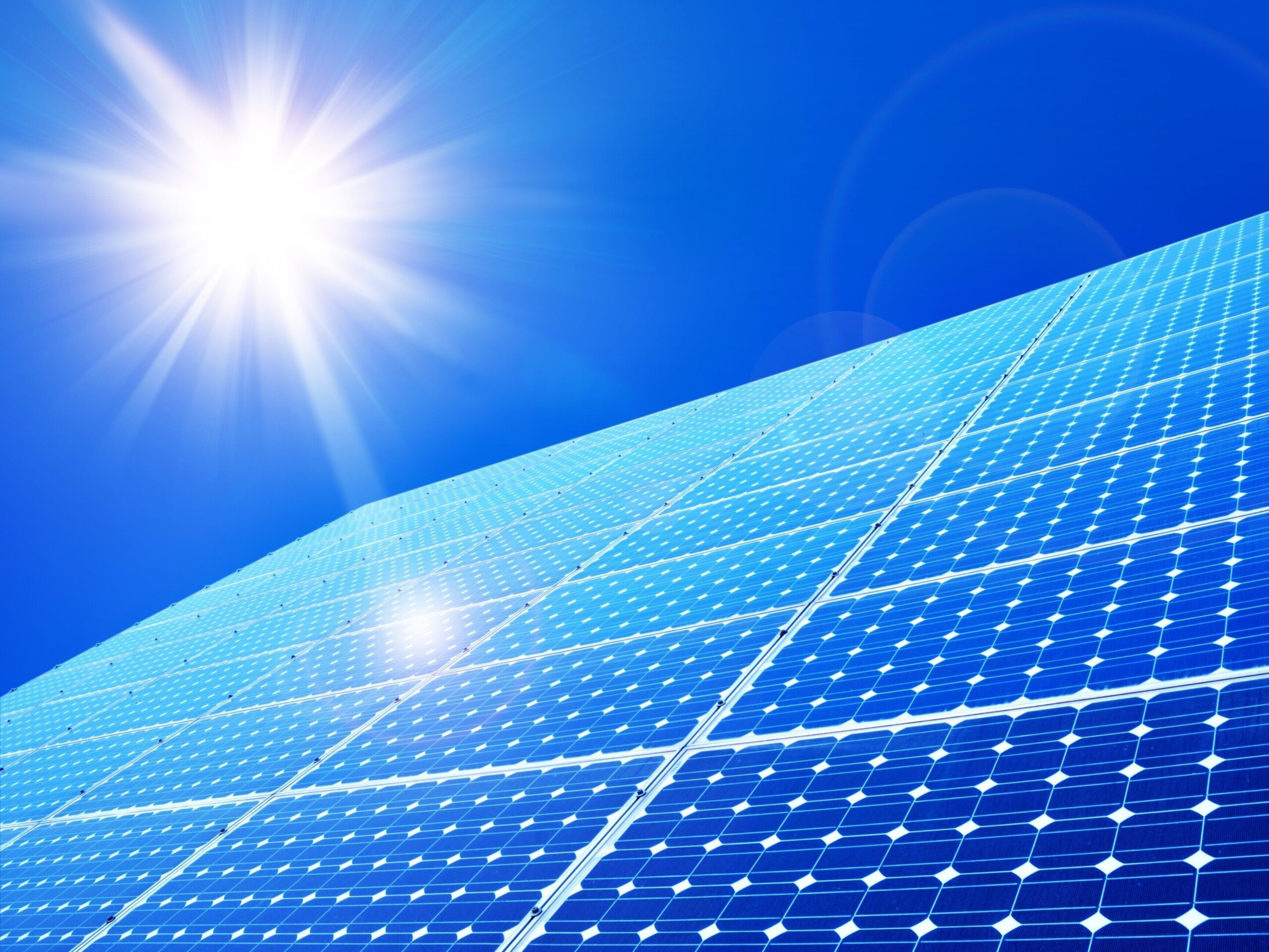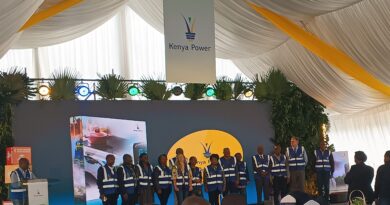Kenya ranks 4th in Africa in global energy transition score

Kenya has emerged fourth in Africa in readiness for transition from dirty fossil fuels to clean energy sources, according to a new report released by the World Economic Forum (WEF).
The WEF’s Energy Transition Index (ETI) 2024 Report ranks the island nation of Mauritius as the most energy transition-ready country in Africa, followed by Morocco, while Namibia emerged third.
Gabon, an oil-rich Central Africa country, bagged the fifth position on the continent.
The ETI covers 120 countries in terms of their current energy system performance on equity, sustainability, and security and readiness of the enabling environment on policies and regulatory framework, infrastructure, innovation, education and human capital, and finance and investment.
Globally, Kenya ranked 70th in a list whose top positions were dominated by European countries. According to the report, persistently high interest rates and capital costs remain significant obstacles in the energy transition, particularly for emerging and developing economies.
In the ranking criteria used by WEF, transition readiness is split into two groups: core enablers and enabling factors. Core enablers include regulations and political commitment, and finance and investment. Enabling factors include innovation, infrastructure, and education and human capital.
The assessment of a country’s energy system performance revolves around three imperatives: equity, security and sustainability.
“A country’s progress in energy transition is determined by its transition readiness – i.e. the extent to which a robust enabling environment can be created,” said the report.
The core components are characterized by a strong policy and regulatory framework and the ability to attract and deploy capital on a large scale. An investment climate characterized by a low cost of capital, domestic market liquidity and capital availability, and attractiveness to foreign direct investment is vital for financing the energy transition.
Key factors like a skilled workforce, innovation and robust infrastructure are also integral to this framework, said WEF.
Kenyans heavily rely on dirty fuels for their energy needs. According to the Energy and Petroleum Regulatory Authority (EPRA), 94.7% of Kenya’s energy needs are met by biomass, primarily petroleum products and firewood and charcoal which are the primary energy sources for cooking.
Only 5.3% of Kenya’s energy is renewable and is largely generated from geothermal, hydro, wind and solar electricity. Kenya’s energy demand has been rising in recent decades due to a rapidly growing population and economic growth supported by industries such as agriculture, manufacturing and transport.
The high cost of switching to clean energy sources such as Liquefied Petrleum Gas (LPG) is a stumbling block in the energy transition, leaving many households especially in rural areas stuck with firewood as their primary heating source.
info@theenergyreview.com
Discover more from THE ENERGY REVIEW
Subscribe to get the latest posts sent to your email.


